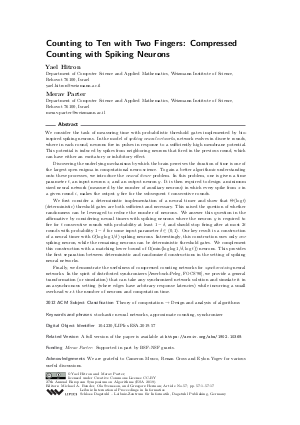LIPIcs.ESA.2019.57.pdf
- Filesize: 1.72 MB
- 17 pages

 Creative Commons Attribution 3.0 Unported license
Creative Commons Attribution 3.0 Unported license





























Feedback for Dagstuhl Publishing